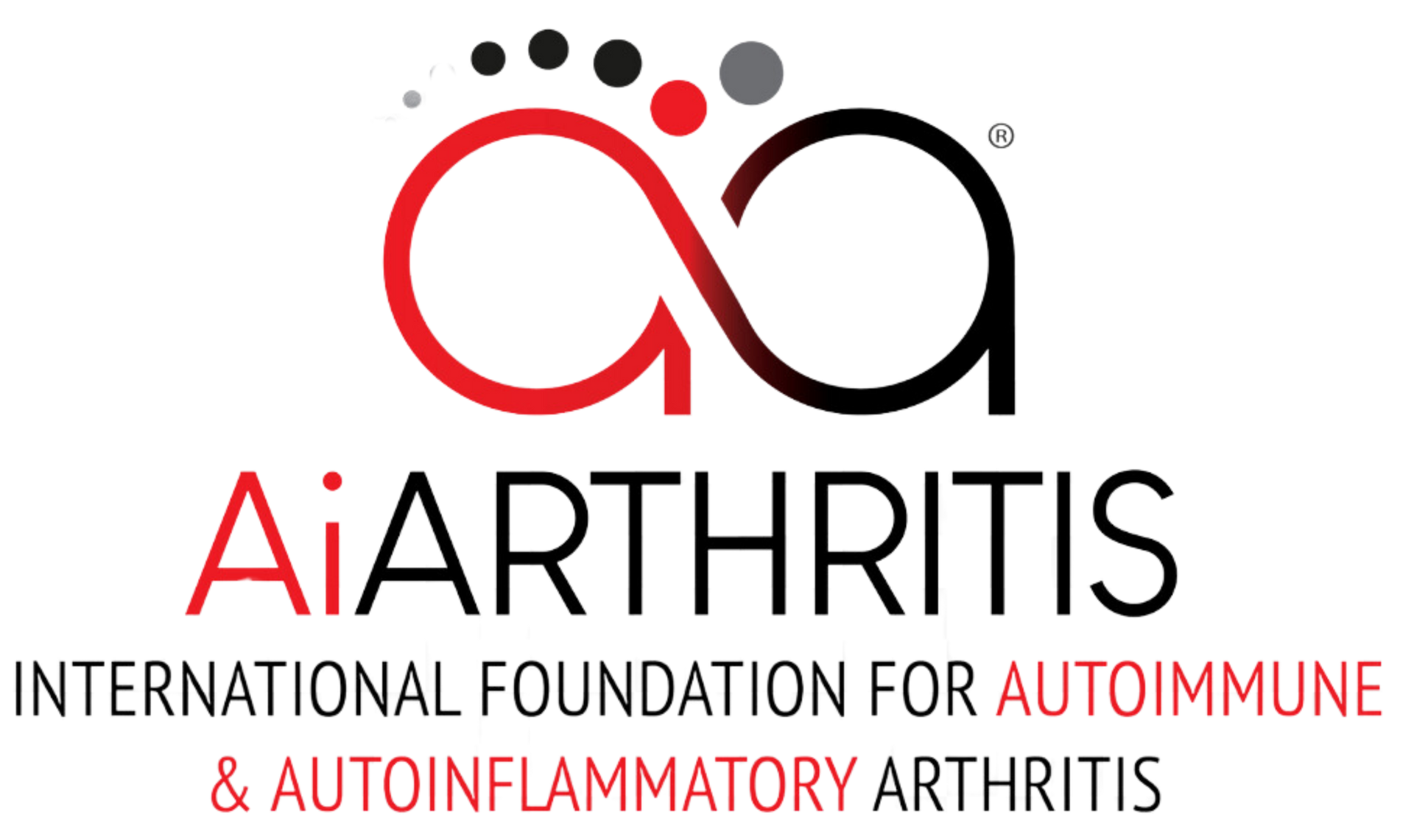June is recognized as Scleroderma Awareness Month with a day to emphasize this AiArthritis Disease. Every year on June 29, the global community observes World Systemic Sclerosis (Scleroderma) Day, a day dedicated to raising awareness about this rare autoimmune disease and supporting those living with its challenges. The date honors the life of Swiss painter Paul Klee, who was diagnosed with scleroderma and passed away on June 29, 1940.
The sunflower is the international symbol of scleroderma because, just like sunflowers turn toward the sun for warmth and light, people living with scleroderma seek hope and resilience in their journey. It represents strength, perseverance, and the ability to find brightness even in difficult times.
TealTalk 2025 is set to be a powerful platform for advocacy, bringing the scleroderma community together for live conversations with special guests. Hosted by the National Scleroderma Foundation, this initiative aims to amplify voices, share personal stories, and drive awareness throughout Scleroderma Awareness Month. With a focus on education and advocacy, TealTalk will highlight the importance of recognition, research, and support for those affected by scleroderma.
Learn more about TealTalk on the National Scleroderma Foundation webpage.













